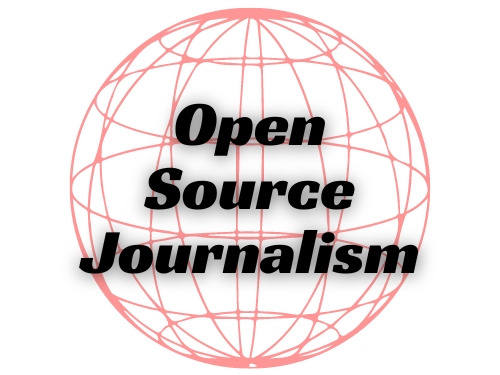When you think of industries like agriculture, manufacturing, and mining, the first images that come to mind might be of vast fields, humming factories, and gaping quarries. Yet, if you were to peek behind the curtains of these sectors today, you’d discover an intriguing dance of modern technology with classic practices. It’s akin to discovering a vinyl record player that’s secretly Bluetooth enabled.
Blurring the Boundaries with Bits and Bytes
Imagine a farm where tractors drive themselves using GPS, and tiny sensors in the soil alert farmers to thirsty crops. This isn’t a scene from a futuristic novel; it’s precision agriculture. These tools not only maximize yield but also reduce water and chemical use, fostering an environmentally-friendly practice.
In the world of manufacturing, the clunky assembly lines of the past have evolved. Enter the age of ‘smart manufacturing’. Picture a factory where every machine, conveyor belt, and robot is interconnected. These devices communicate with each other, adjusting their tasks in real-time, reducing wastage and improving efficiency. It’s like having a symphony orchestra where every instrument is acutely aware of the others, creating a harmonious flow.
From Coals to Clouds
The mining industry, often viewed as one of the oldest and most traditional sectors, hasn’t been left behind either. Gone are the days when miners would blindly dig, hoping to strike gold, both literally and figuratively. Today’s mines are equipped with sensors and drones, creating intricate 3D models of the site. It’s as if the very Earth decided to share her secrets, revealing where her treasures are hidden.
And speaking of the Earth, let me share a little anecdote. I once met a geologist at a tech conference (yes, you heard that right). She fondly recalled how her early career involved carting around heavy equipment and taking manual readings. “Now,” she laughed, sipping her chai latte, “I’ve got a drone for that!”
The Digital Heartbeat
While the tools and toys that come with digital transformation are impressive, it’s the underlying data that’s the true game-changer. In each of these industries, massive amounts of data are being collected, analyzed, and leveraged. This isn’t just about ‘going digital’ for the sake of it. It’s about using this data to make informed decisions, predict trends, and innovate faster than ever before.
Think of it this way: if traditional industries were living organisms, data would be the very blood coursing through their veins. And the digital platforms? They’re the heart, pumping this lifeblood throughout, ensuring each sector remains alive, vibrant, and responsive to changing landscapes.
What Lies Ahead?
Digital transformation isn’t just about technology; it’s about a mindset. Industries rooted in practices that are centuries old are learning to embrace change, not out of fear but from a recognition of the vast potential it holds.
In this ever-evolving narrative, what excites me most is the collaboration. The intermingling of the old with the new, the seasoned wisdom with youthful innovation. It’s a reminder that even in a world dominated by zeros and ones, the human touch, intuition, and spirit remain irreplaceable.
As we move forward, I’m eager to witness the continued fusion of tradition with technology. And if history is any indicator, the boundaries of what’s possible will only continue to expand. In a world woven with digital threads, traditional industries are not just surviving but thriving. So, the next time you pass by a farm, factory, or mine, remember: there’s likely more digital magic at play than meets the eye.

